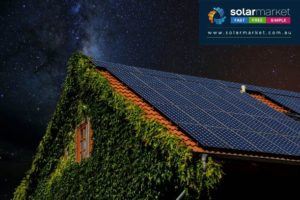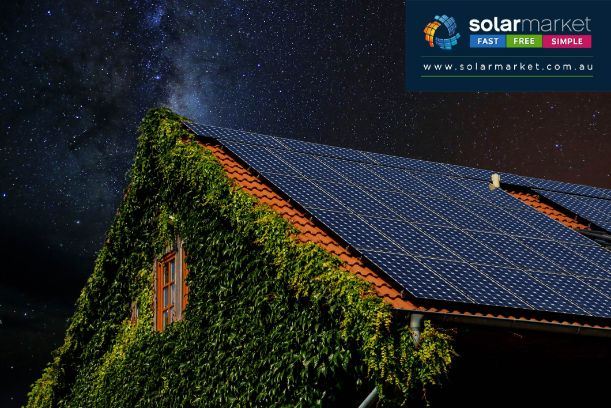Feed-in-tariff schemes have attracted thousands of Western Australians over the last decade to install and reap the benefits of solar energy. However, with one in two households expecting to have solar installed by 2030, the WA Government has pulled the emergency brake on solar tariff feed-ins to help slow the ‘solar duck curve.’
The ‘solar duck curve’ refers to the instability caused when large amounts of solar energy are fed back into the grid. This power surge of renewable energy puts a strain on the existing grid system, and if not monitored closely, can cause large-scale blackouts (remember SA’s 2016 blackouts).
To overcome this solar problem, WA has launched the Distributed Energy Buyback Scheme (DEBS) as a replacement for the current Renewable Energy Buyback Scheme (REBS). The main core of the DEBS scheme is to switch benefits away from straight feed-in bonuses and redistribute them to buyers who opt for battery, PV systems or panel installations that face West.
What does the DEBS offer?
The DEBS is available to eligible residential, not-for-profit and education customers who are looking to:
- Install a new eligible renewable or distributed energy system.
- Upgrade their existing renewable or distributed energy system.
- Move into a property with an existing renewable or distributed energy system on or after the 6th of November 2020.

- Switch as an existing REBS customer to the DEBS.
The DEBS scheme provides feed-in benefits but only on a time-varying basis to encourage households to store their rooftop energy (using a home battery or EV battery) in peak solar times (mornings and the middle of the day) and export only excess energy produced in the late afternoon.
How do I make the most of DEBS?
Although the DEBS may not look like an exciting deal compared to the REBS, there is actually the opportunity to save more money than ever before by signing up to the DEBS.
By consuming the energy your panels produce and export only excess, you will save on the cost of electricity you would normally draw from the grid. The table below explores the savings associated with grid costs vs feed-in prices.
| Drawing power from the grid | 28.82 cents per unit |
| Selling excess solar energy (REBS) | 7.1 cents per unit |
| Selling excess solar energy (DEBS) | From 3-9 pm, 10 cents per unit
Any other time, 3 cents per unit |
If you are looking to maximise your DEBS feed-in benefits, ask your solar installer about West-facing solar panels. West facing solar panels will make the most of the afternoon sun and the peak DEBS export excess periods.
But what if you are currently on the REBS? What happens then?
If you are currently on the REBS and intend to make no change to your system then you can continue to participate in REBS. Hooray!
If you are looking to upgrade your system, then you must do so before September 8th if you would like to stay on the REBS. If upgrades or new installations are made after September 8th then you must apply for the DEBS.
If your upgrade includes installing a home battery, electric car or a 5kW solar PV system then you are required to apply for the DEBS.
Rooftop solar systems, micro-grids, electric vehicles and other renewable technologies are changing how Western Australia delivers electricity. The introduction of the DEBS allows Western Australia to benefit from a more self-sufficient system and the opportunity to save bigger on power bills.
Interested in how you can use solar to power your home? Solar Market can match you with 3 CEC accredited local solar installers so you can choose the right solar option for you.










